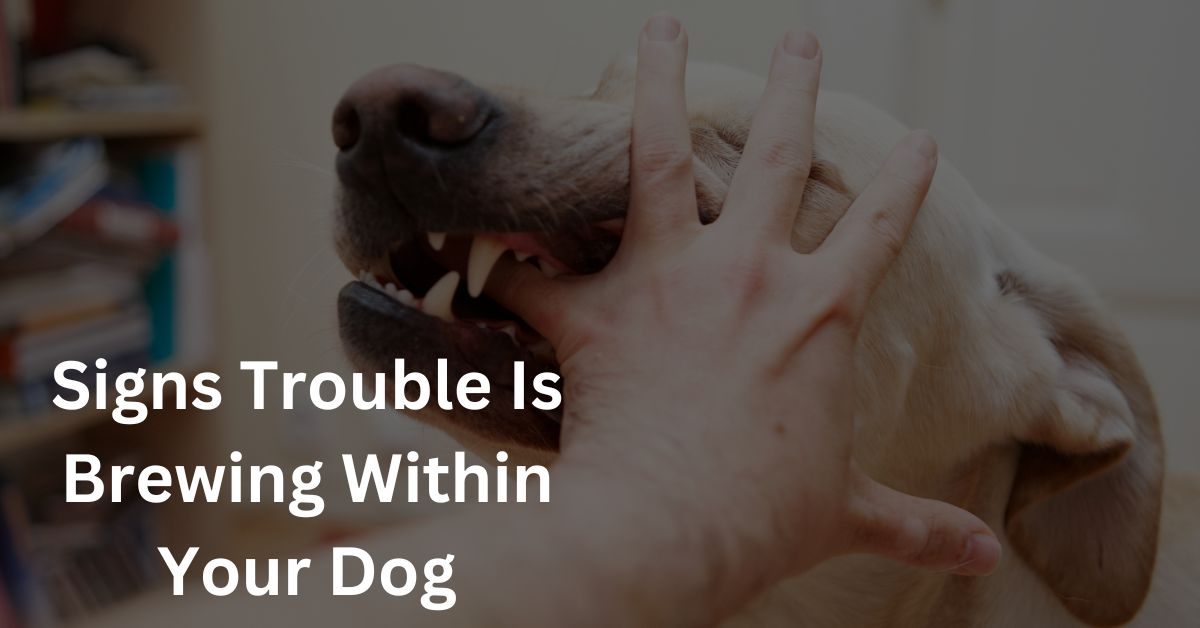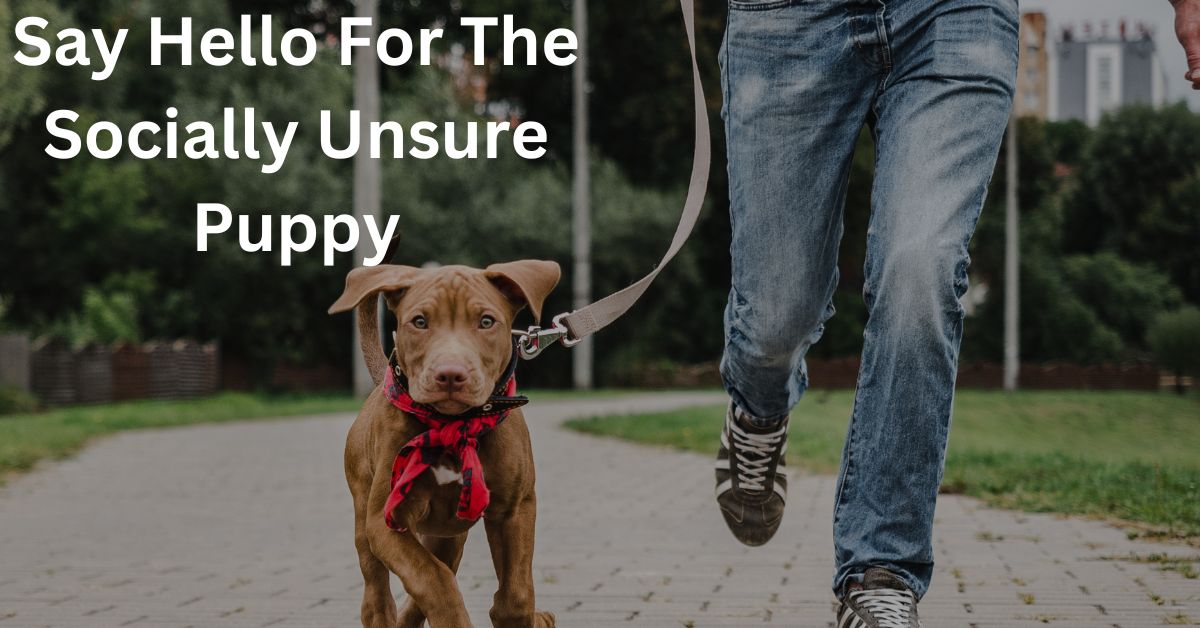Are you a dog owner wondering, “Can dogs eat apples?” Apples are safe and nutritious for our canine friends, offering several health benefits.
We’ll dive deeper into the pros and cons of feeding your pup apples, helping you decide whether they should be part of their diet.

Can Dogs Eat Apples?
Feeding apples to dogs can provide them with benefits such as vitamin C and fiber, but it is important to take safety precautions by removing seeds and cores and cutting them into small pieces.
Benefits of feeding apples to dogs (vitamin C, fiber)
Providing your dog with apples has several advantages due to the rich nutritional profile of this fruit.
- Apples offer a good amount of vitamin C and fiber, which benefit dogs in various ways.
- Vitamin C from apples supports the immune system health of dogs.
- The fiber in an apple aids in digestion for dogs.
- These low-calorie treats are perfect for assisting with weight management in dogs.
- A regular intake of apples can provide a healthy boost of antioxidants for your pet.
- Apples are high in dietary fiber, promoting optimal gut health for dogs.
- Essential minerals like phosphorus and calcium are found in apples and contribute to a balanced diet for dogs.
- Besides their nutritional value, apples also work as a refreshing and crunchy treat, enhancing your dog’s mealtime experience.
Safety precautions (remove seeds and core, cut into small pieces)
Keeping dogs safe while feeding them apples involves a few crucial steps:
- Be wary of the dangers posed by apple cores and seeds. These parts of the fruit contain cyanide, which is toxic to dogs if ingested.
- Always remove the core, stem, and seeds from apples before feeding them to your dog. This helps prevent any choking hazards or potential harm from cyanide.
- Wash all apples thoroughly before giving them to your dog. This ensures that any traces of pesticides or harmful chemicals are removed.
- Cutting apples into small, bite-sized pieces is essential for easier consumption and digestion.
- Don’t assume that larger amounts of apples are okay for your dog to consume; stick to sensible quantities only.
- Although cyanide levels in apple cores and seeds are very low and metabolized quickly in dogs, they can still pose a risk.

How Many Apples Can Dogs Eat?
Dogs should have apples in moderation and as a small portion of their diet.
Portion control and moderation
Portion control and moderation are essential when feeding your dog apples. While this tasty fruit offers many health benefits, overindulging can harm their digestive system.
Stick to small amounts, preferably as an occasional treat or reward instead of regular meals. Apples pack essential vitamins, minerals, antioxidants, and fiber to boost your furry friend’s immunity and help fight infections.
However, excessive intake may lead them to feel unwell.
To ensure your pet’s well-being, chop the apple into bite-sized pieces they can comfortably chew and digest. Such precautions lessen the risk of choking while making it easier for dogs to access the beneficial nutrients packed inside every piece.
Remember, though, moderation remains crucial irrespective of how healthy a snack may seem- even nutrient-dense fruits like apples!
How to Safely Prepare Apples for Dogs
To safely prepare apples for dogs, remove the seeds, core, and skin before cutting them into bite-sized pieces.
Removing seeds, core, and skin
To safely prepare apples for dogs, removing the seeds, core, and skin is important. Here’s how:
- Start by cutting the apple in half vertically.
- Use a knife or spoon to remove the seeds from each half carefully.
- Next, cut out the tough core of the apple, as it can be difficult for dogs to digest.
- Finally, peel off the skin if desired. Apple skins are safe for dogs to eat and contain dietary fiber, but some dogs may prefer them peeled.
Cutting into bite-sized pieces
To safely prepare apples for dogs, cutting them into bite-sized pieces is important. This ensures that the apples are easy for dogs to chew and digest. Additionally, smaller pieces prevent the risk of choking or any obstruction in their digestive system.
Can Dogs Have Apple Products?
Dogs can have apple products such as applesauce, apple juice, and apple chips, but it’s essential to check the ingredients for added sugars or artificial sweeteners. These products should be given in moderation alongside a balanced diet.
Applesauce, apple juice, apple chips
- Commercially available applesauce, apple juice, and apple chips may not be suitable for dogs due to added sugar and lack of fiber.
- These products can be less nutritious than organic apples and may contain additional additives that can harm dogs.
- Excess consumption of store-bought apple juice and applesauce can lead to digestive issues in dogs.
- Apple chips and dried apples often have added sugar, making them less healthy dog options.
- It is important to consult with a veterinarian before giving your dog any apple products as treats or snacks.
Frequently Asked Questions
Can dogs safely eat apples?
Yes, dogs can safely eat apples in moderation. Apples are a good source of vitamins and fiber for dogs.
Are any parts of the apple unsafe for dogs to consume?
Dogs should not be given apple cores or seeds as they contain small amounts of cyanide, which can be harmful if ingested in large quantities.
How should I prepare apples for my dog to eat?
Before giving an apple to your dog, make sure to remove the core and seeds. Cut the apple into small, bite-sized pieces is also recommended to prevent choking hazards.
Can feeding my dog apples cause digestive issues?
Feeding your dog too many apples or introducing them suddenly into their diet can potentially cause digestive issues such as diarrhea or upset stomachs. Introducing new foods gradually and monitoring your dog’s reaction is always best.
Final Thoughts
Dogs can safely eat apples as part of their balanced diet, as they provide various health benefits such as vitamin C and fiber.
Removing the seeds, core, and skin of apples before feeding them to dogs to prevent choking hazards and potential harm from cyanide in the seeds is essential.
Apples should be cut into small, bite-sized pieces for easier consumption and digestion by dogs.
Applesauce, apple juice, and apple chips may not be suitable for dogs due to added sugars and lack of fiber. It is best to consult with a veterinarian before giving your dog any apple products.
Before You Go
If you would like to discover which other fruits your dog can eat, you will find these articles helpful.




Leave a Reply